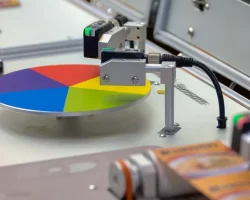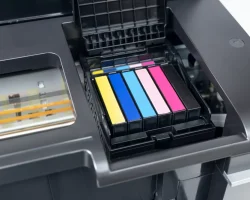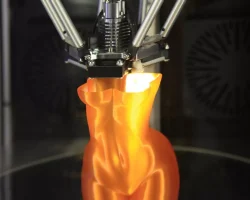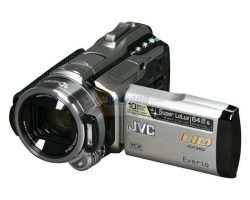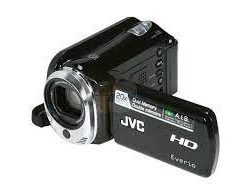
The Benefits Of Owning An Inkjet Or Laser Printer.
Printers have become more and more affordable over the years, and they’re now a staple in many homes and small businesses. If you’re thinking of buying a printer, you may be wondering whether an inkjet or laser model would be best for you. Here are some things to consider that may help you make your decision.
Inkjet printers are generally less expensive than laser printers. They’re also smaller and lighter, making them a good choice if you have limited space. Inkjet printers use liquid ink, which is sprayed onto the paper to create the print.
Laser printers use toner, a dry powdery substance that’s transferred to the paper using heat and pressure. Laser printers are faster than inkjet printers and can handle larger printing jobs. They’re also more expensive to buy and maintain, as you have to replace the toner cartridge regularly.
So, which type of printer is best for you? It really depends on your needs. If you only need to print occasional documents, an inkjet printer may be all you need. However, if you do a lot of printing, or you need to print high-quality photos or marketing materials, a laser printer would be a better choice.
Owning an inkjet or laser printer has become a necessity for both home and small businesses. Whether you need to print documents for a meeting or photos for a family event, having a printer on hand makes life much easier.
Here are some of the benefits of owning an inkjet or laser printer:
1. Cost efficiency: Inkjet and laser printers are relatively inexpensive to purchase, and the cost of replacement cartridges is also reasonable. When you compare the cost of a printer to the cost of renting a printing service, it’s clear that owning your own printer is much more cost-effective in the long run.
2. Convenience: With your own printer, you can print documents or photos whenever you need to, without having to leave the house or office. This is especially helpful if you need to print something in a hurry.
3. Quality: Inkjet and laser printers produce high-quality prints, whether you’re printing text or images. If you need to print professional-looking documents, owning your own printer is a must.
4. Versatility: Many modern printers are versatile and can handle a variety of printing tasks, from scanning and copying to printing directly from your smartphone or tablet.
5. Environmentally friendly: Inkjet and laser printers are much more environmentally friendly than they used to be. Newer models use less ink and energy, and many cartridges can be recycled.
If you’re looking for a cost-effective, convenient, and high-quality way to print documents and photos, owning an inkjet or laser printer is the way to go.

